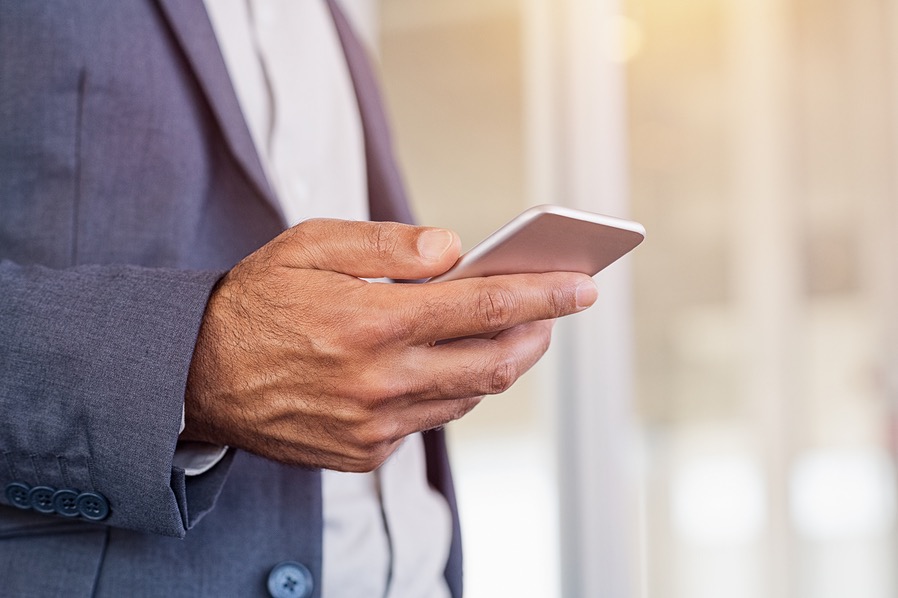HOT OFFER! Save $180 on selected internet plans + get beIN SPORTS CONNECT included!...Use promo code BEIN30 at checkout! Hurry, limited time only!
Calling Line Identification and spoofing – consumer advice

At MATE, we take your privacy and safety very seriously. We continue to assist Australians in best practice techniques to combat caller ID spoofing.
What is caller ID spoofing?
Caller ID spoofing allows a scammer to disguise their identity, often by displaying an Australian number, increasing the likelihood that you answer the call.
Typically, these callers are located overseas and may be impersonating a bank, a government agency or a telecommunications provider in order to commit a fraud by obtaining your personal or financially sensitive information.
Calling Line Identification
If your phone has a display screen, Calling Line Identification (CLI) allows you to see the telephone number of the person calling before you answer your phone.
CLI overstamping
CLI overstamping allows the person calling you to display a different number from the number they are calling from.
For example, an Australian company that operates an overseas call centre may overstamp their calls (which originate from overseas) with an Australian number so that you identify this number and return a call.
This is legal in Australia unless it is being done for unlawful or malicious purposes, most commonly to carry out scams. This is often referred to as caller ID spoofing.
How you can protect yourself
Beware of suspicious calls and note that most trusted institutions, including banks, will never ask you to provide financial details over the phone. Never send money or gift cards, or give out your credit card or bank details.
Scammers may threaten you with a fine, telephone disconnection, legal costs or sometimes suggest you will be arrested or deported.
If you receive a suspected scam call you should:
- Hang up, then check if their story is real by calling the actual organisation;
- Never give out any personal or financial information;
- Contact your telco to seek assistance;
- Report the scam to ACCC’s Scamwatch;
- Report the scam to ReportCyber;
- If bank fraud has been committed, report it to your bank or financial institution immediately and also to the police.
The ACMA’s Scam Technology Project is exploring ways to disrupt scam activity on telco networks.
What to do if your number is spoofed
If you get calls from people saying your number is showing up on their caller ID, it’s likely that your number has been maliciously spoofed.
If you believe your MATE mobile number has been spoofed by a scammer, you should report this to us by clicking here.
Do not answer calls from unknown numbers and you can also place a message on your voicemail to alert callers that your number has been maliciously spoofed.
